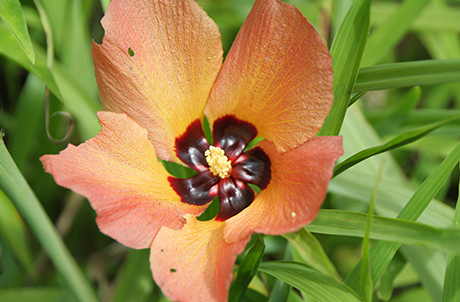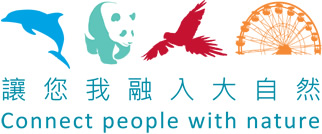Join our hands to conserve nature!
Hibiscus tiliaceus
Sea Hibiscus
Up to 7 m
Tropical and subtropical zones
June to August
Pollinated by insects. Seeds dispersed by water.
















